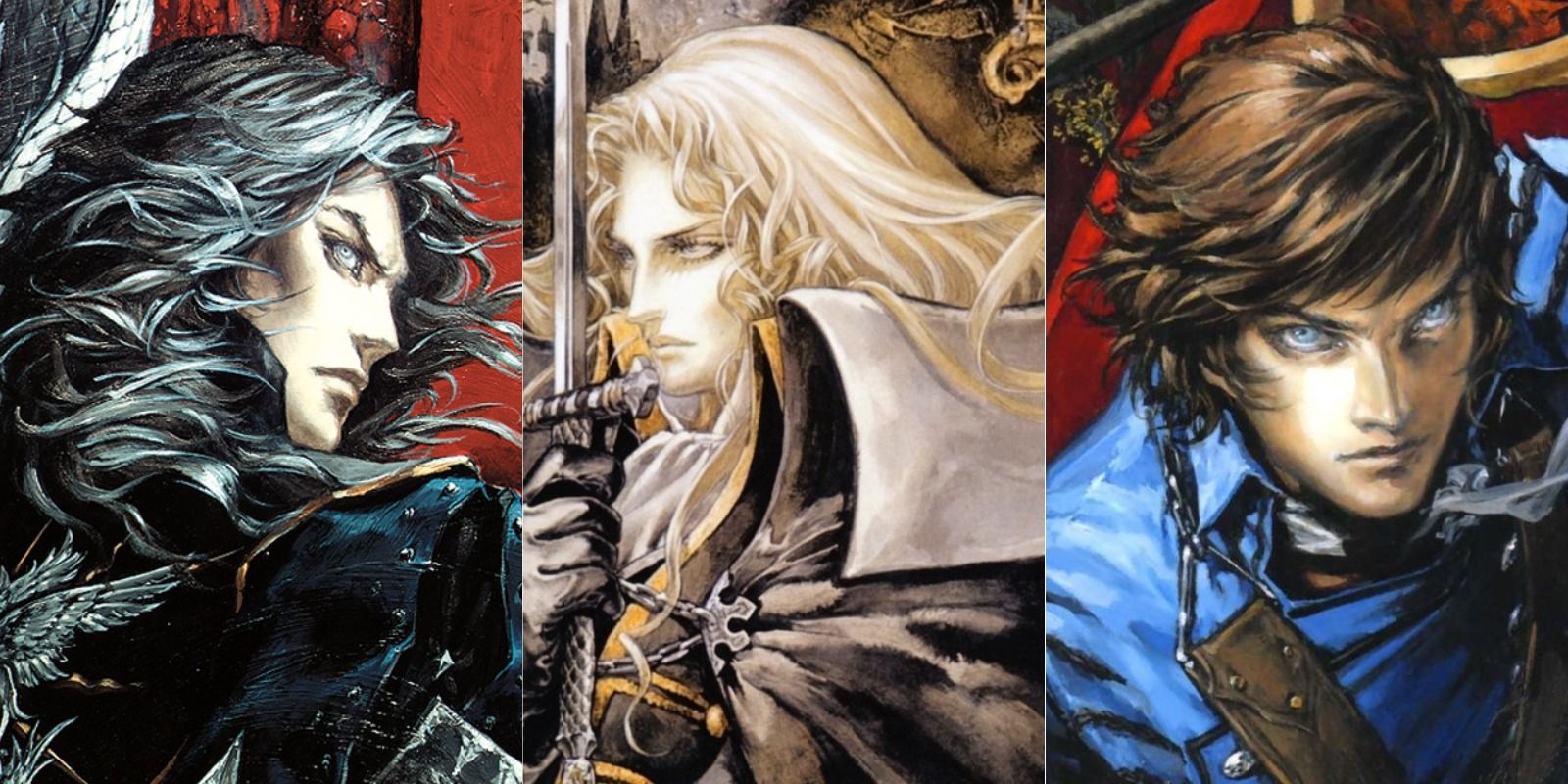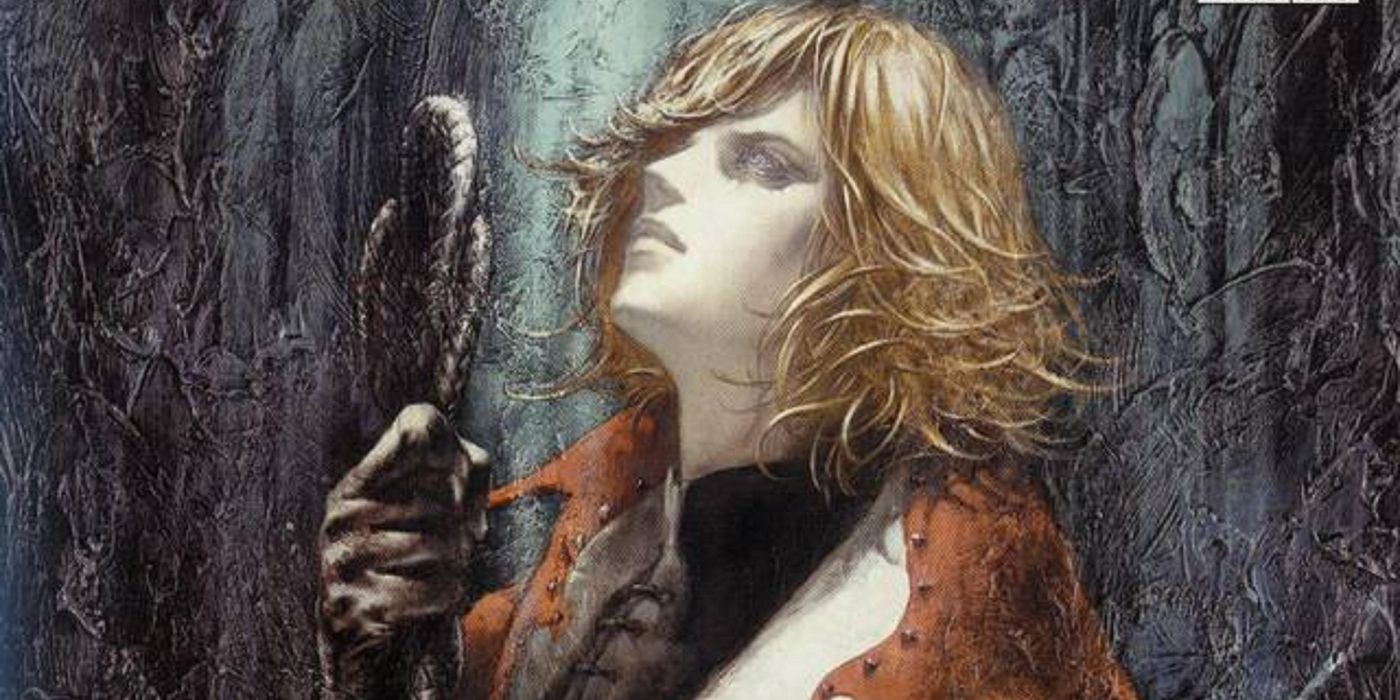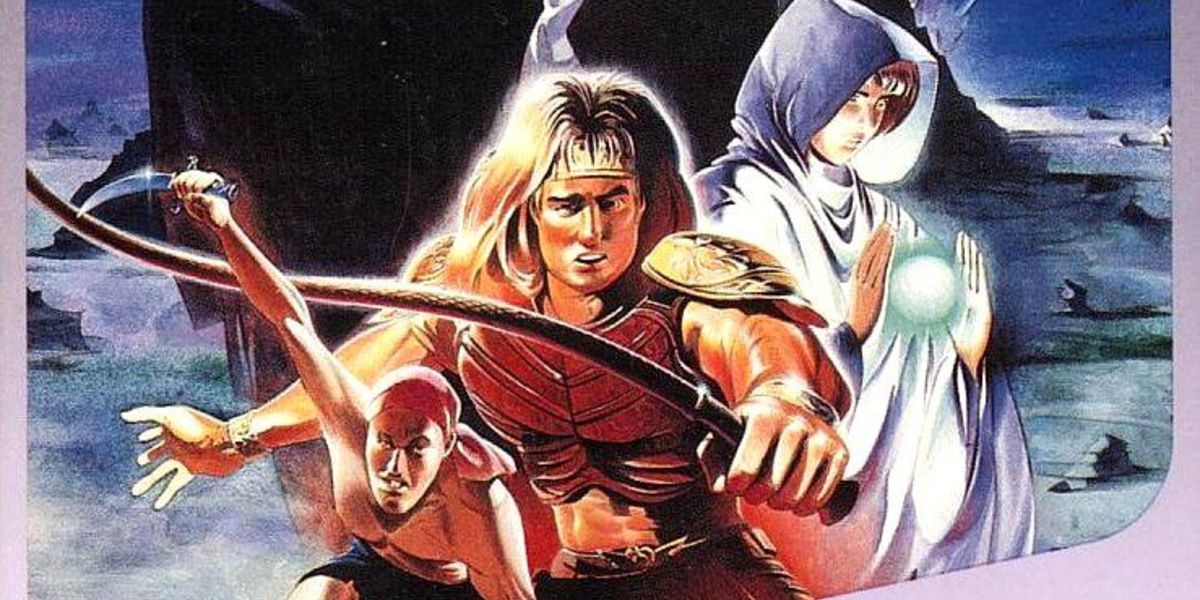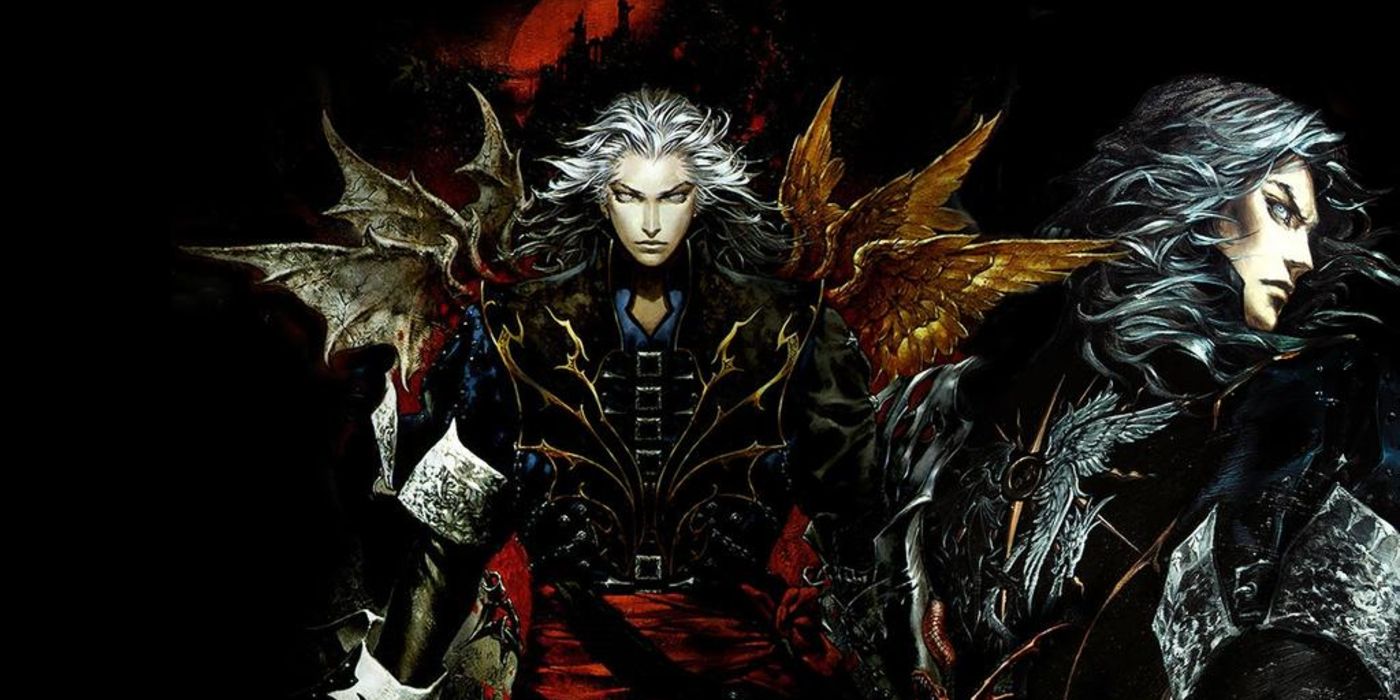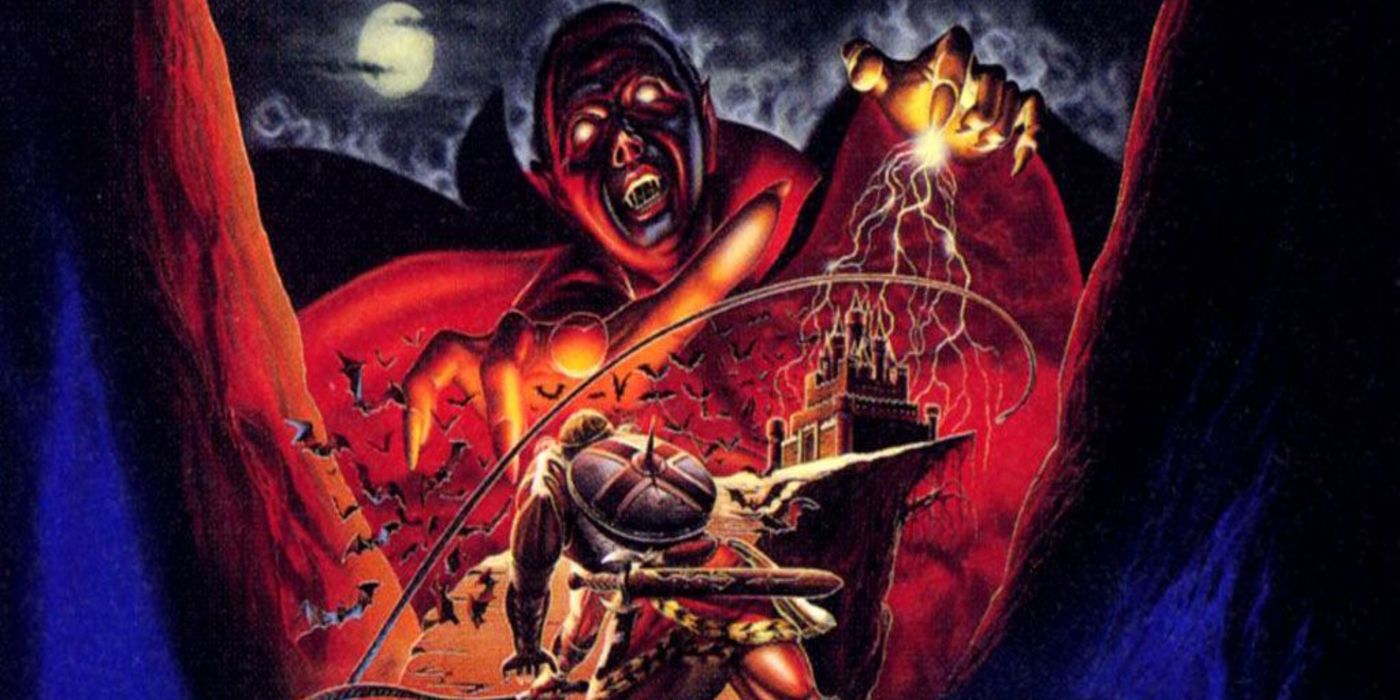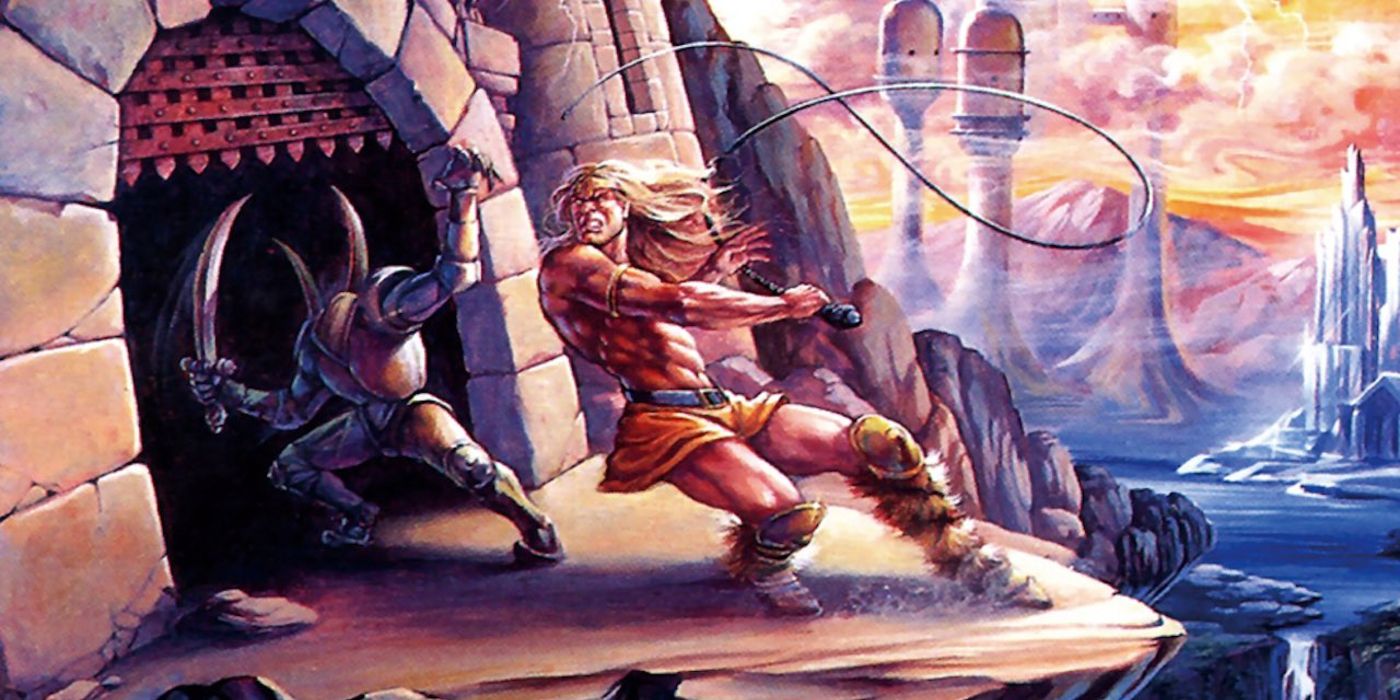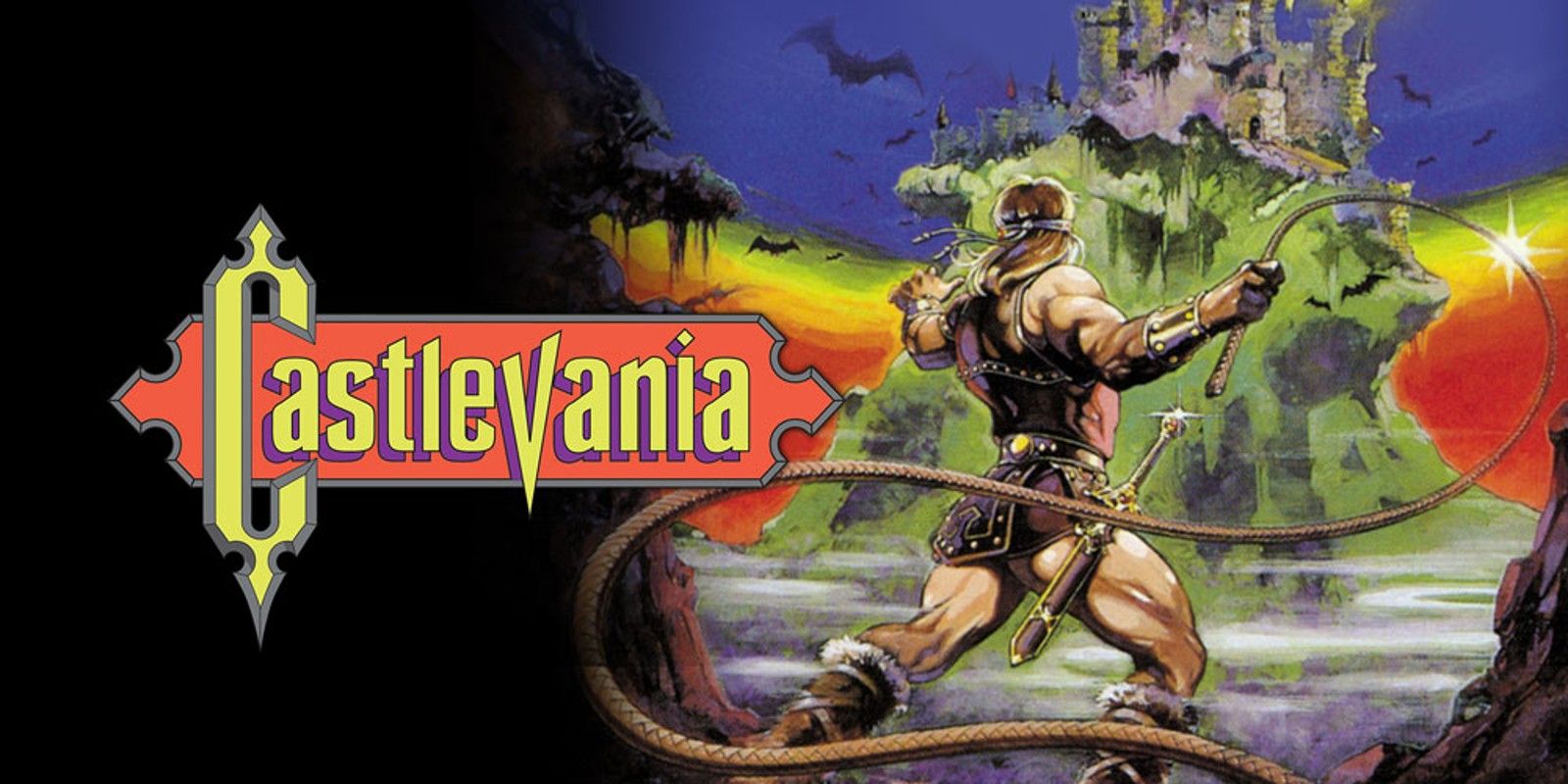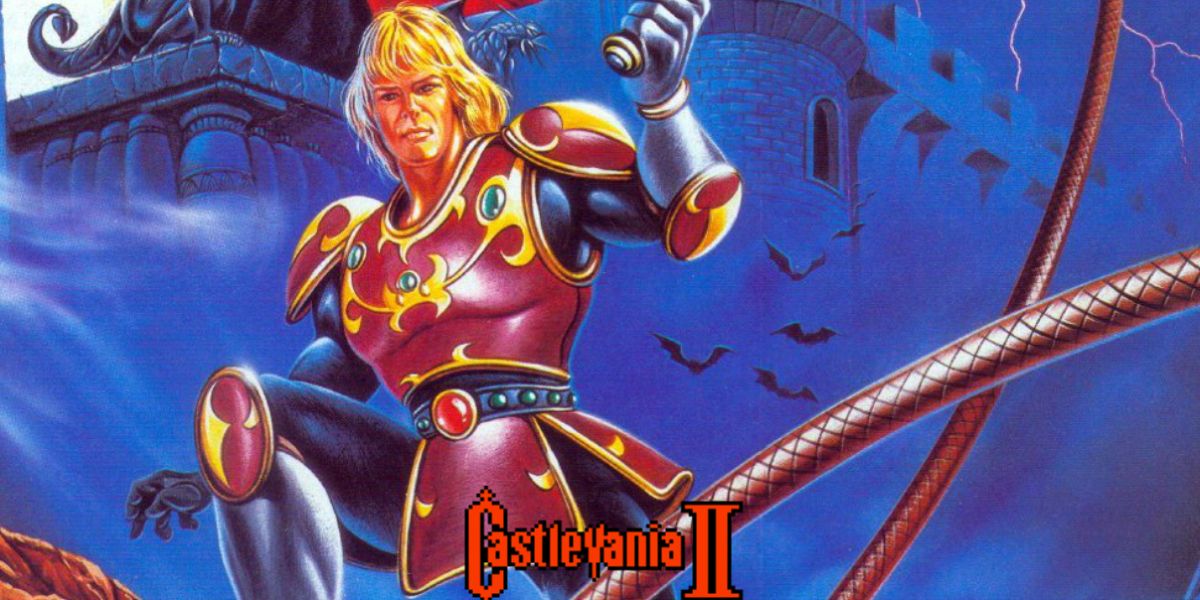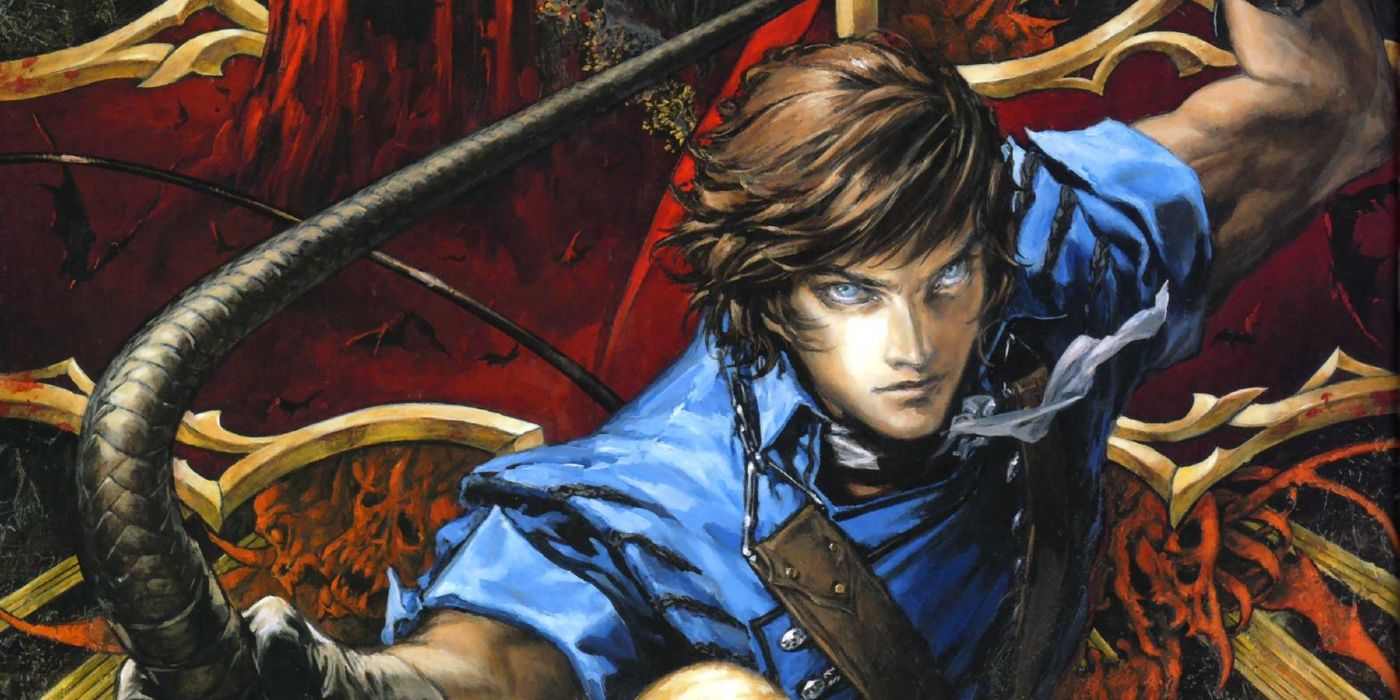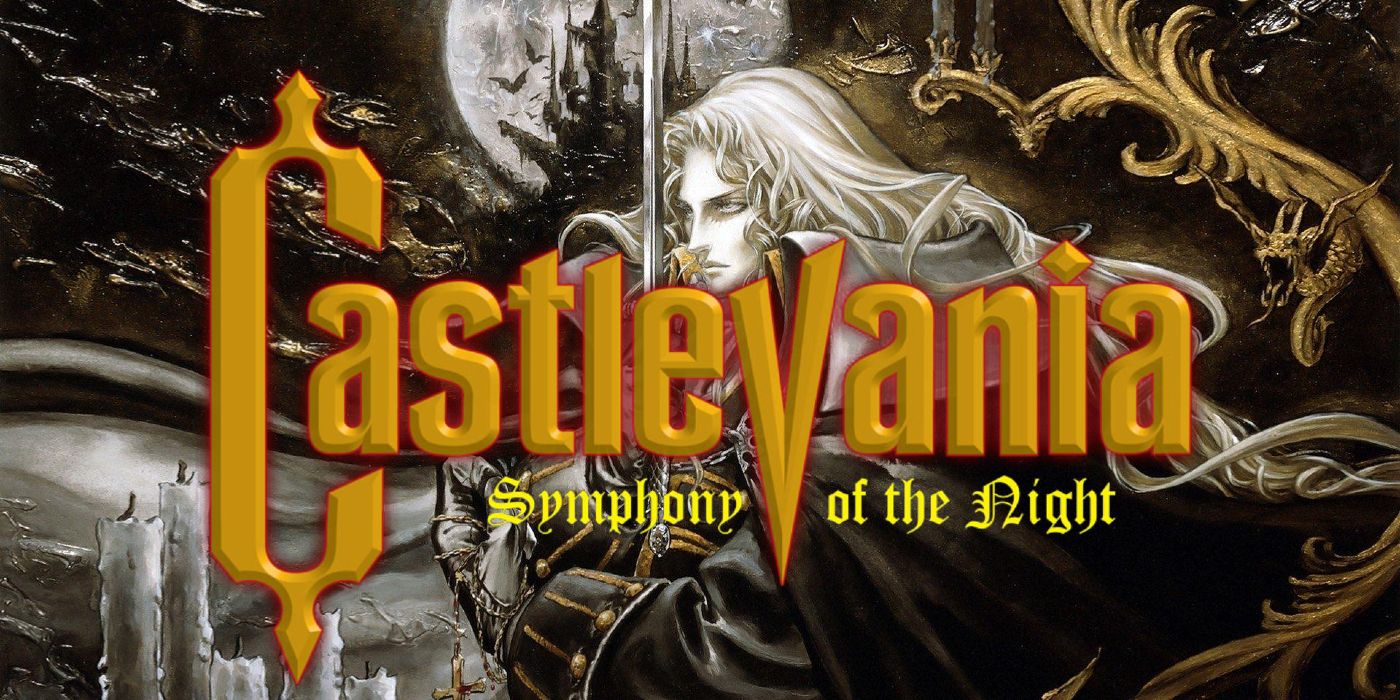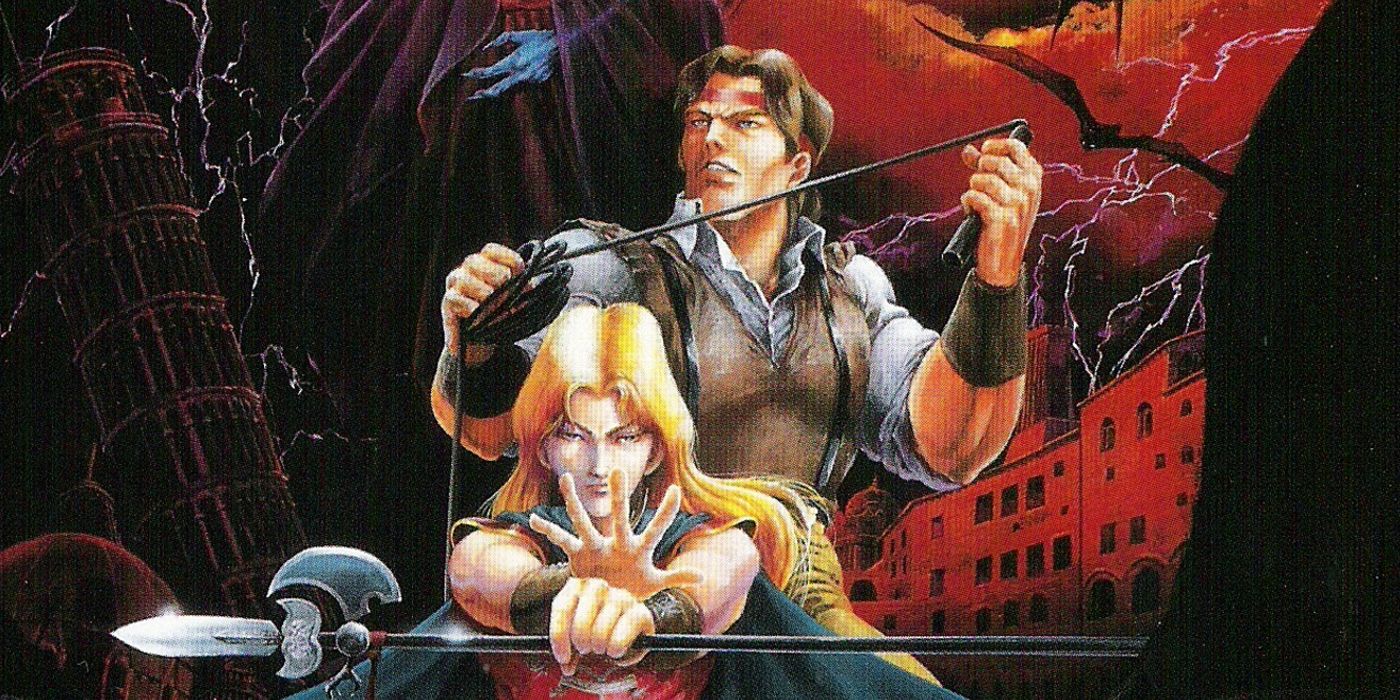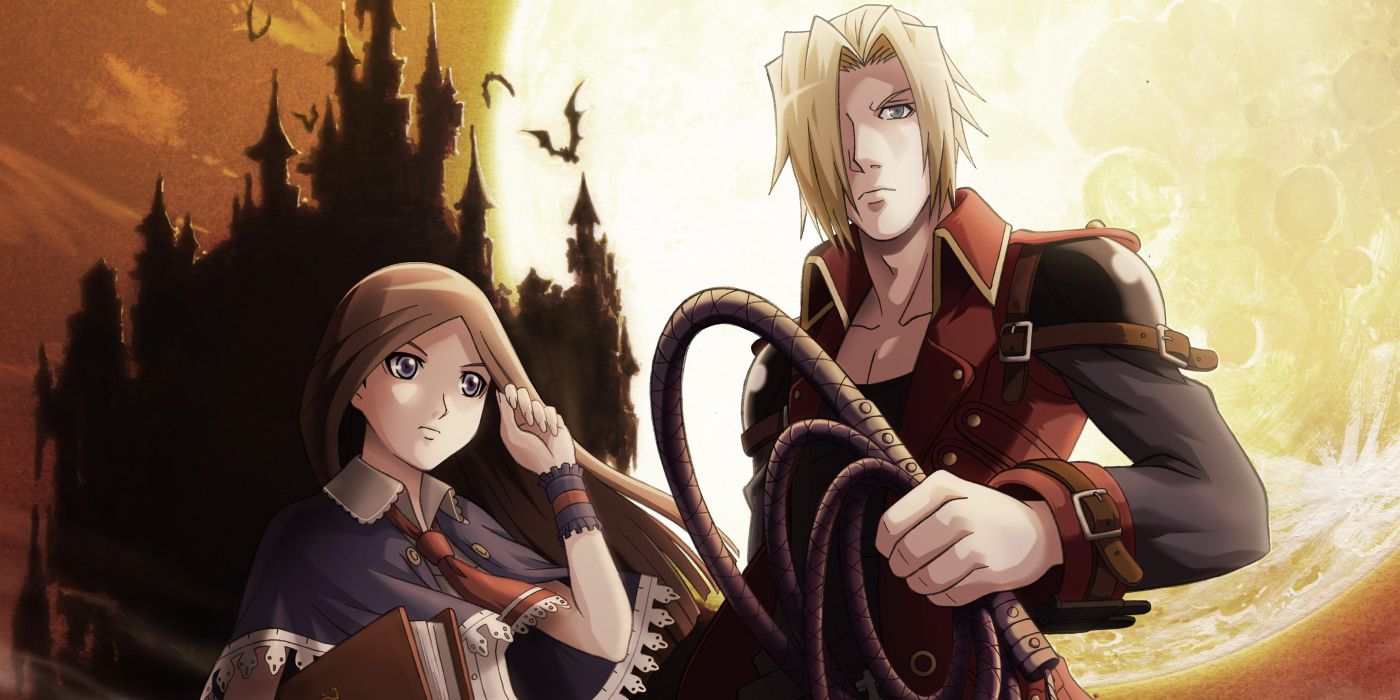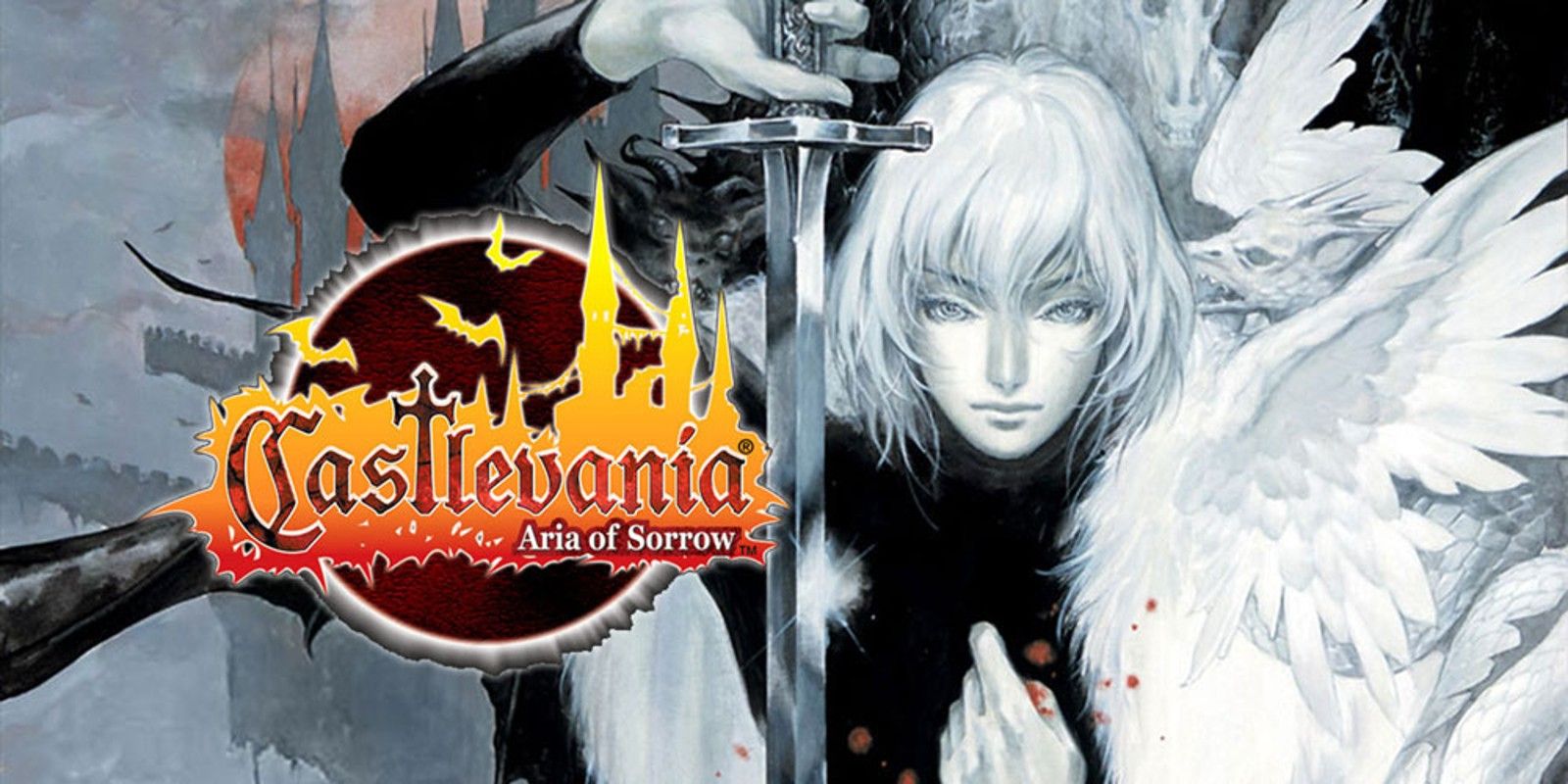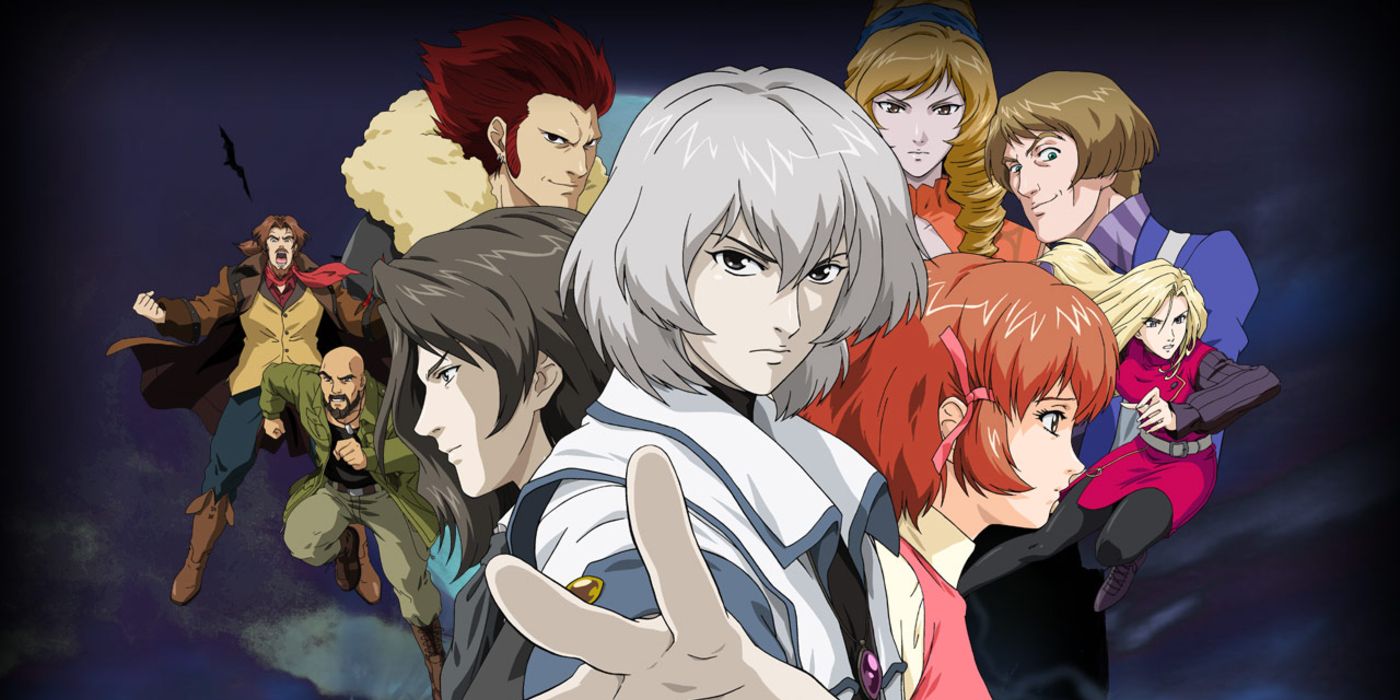The eternal struggle of good versus evil spans across centuries in the Castlevania universe. From the Belmonts to Alucard, there have been a lot of heroes to contend with the Prince of Darkness himself: Dracula. There have been a lot of Castlevania games with sequels and prequels alike, and this has resulted in a rather convoluted, confusing timeline.
Keep in mind that this will be focusing only on the main timeline of Castlevania games in chronological order, so reboots/remakes like the Nintendo 64 games and the Lords Of Shadow series will not be featured. Also, the games Order Of Ecclesia and Harmony Of Dissonance will be excluded for having the least impactful events on the timeline, though their presence is acknowledged.
Updated July 16th, 2021 by Melody MacReady: The Castlevania series has seen quite a resurgence in recent years, mainly due to the popularity of Netflix's Castlevania anime series. The show, sadly, has reached its end with the fourth and final season, leading to the fans of that show trying to embrace the source material. For those that enjoy a story in chronological order, Castlevania can be a confusing and downright aggravating series of games to try and experience this was but it is not impossible. With this look at the main Castlevania timeline, it can assist newcomers of the franchise to understand the long-running story better even if they have to jump back and forth between many generations of gaming to experience it properly.
13 Castlevania: Lament Of Innocence - 1094
- Released On: PlayStation 2 (2003)
The earliest story in the timeline focuses on the first member of the Belmont family: Leon. Leon's beloved has been captured by the vampire, Walter Bernhard. Leon gets help from Renaldo, who bestows him with the Whip Of Alchemy. However, Leon is too late, and his love is cursed to become a vampire herself.
With her sacrifice, her soul is imbued into the whip to create the iconic Vampire Killer whip seen throughout the series. Leon Belmont gets his revenge on Bernhard, only for his dark soul to be used by Leon's widower friend Mathias Cronqvist who orchestrated the whole game's plot. Mathias rejects his humanity and becomes Dracula: the immortal enemy of the Belmont family for the rest of eternity.
Lament Of Innocence was a bit of an experimental title for the series. While the handheld titles followed Symphony Of The Night's template, fans praised that Lament Of Innocence took the Metroidvania-style gameplay and set it in a 3D environment, mixing classic Resident Evil and classic God Of War in a healthy manner. The origin story of the entire Castlevania lore was just icing on top of the cake.
12 Castlevania III: Dracula's Curse - 1476
- Released On: Nintendo Entertainment System (1989)
After centuries of gaining power, Dracula remarried and even had a son named Adrian. Unfortunately, this results in his new wife being murdered by humanity, thus sparking Dracula's war on the Earth. Meanwhile, the Belmont family is all but extinct and exiled for their monster hunting ways.
The remaining family member, Trevor Belmont, picks up the family whip and begins his journey to destroy Dracula. This requires the help of Dracula's son, who renames himself Alucard, an alchemist named Sypha, and a thief named Grant. This crew works together and effectively destroys Dracula and saves the world from evil... for now. This is also the plot for the Castlevania animated series on Netflix.
For most fans of the franchise, Castlevania III was the best game of the original trilogy on the NES. The multiple characters, abilities, and smooth gameplay made it to become an all-time classic. However, it is also the hardest of the original trilogy, creating an adventure that will push some players to their limits.
11 Castlevania: Curse Of Darkness - 1497
- Released On: PlayStation 2 & Xbox (2005)
Swapping perspectives to one of Dracula's own servants: Hector, who betrayed Dracula after his defeat in Castlevania III. Hector hated his old master's evil ways and decided to live a regular life after his death. As per usual with the Castlevania world, the main character is never safe, and this results in one of Dracula's other servants named Isaac killing Hector's wife.
Hector vows to avenge his dead wife and kill Isaac. However, that plan changes when he denies going down such a dark path. This foils Death's plan of using Hector's body as a vessel for Dracula's resurrection. Instead, Dracula returns through Isaac's body, but Hector battles his old master back to the grave.
Since Lament Of Innocence was a hit, Konami followed it up and used the same formula. Only this time, there is no whip but instead, Hector wields his sword which gives him a unique gameplay style. Curse Of Darkness and Lament Of Innocence would act as precursors to the Lords Of Shadow reboot series, following similar 3D adventures with a bit of hack and slash gameplay in there.
10 Castlevania: The Adventure - 1576
- Released On: Nintendo GameBoy (1989)
One century after Alucard's defeat of his father, the prophecy of Dracula returning when the world's faith in God is forgotten is proven true. This time, the task of defeating the Prince Of Darkness goes to Christopher Belmont on his own.
Unlike his ancestor, Christopher has a more straightforward story: a quest across the land to slay monsters and destroy Dracula. It is a result of the original GameBoy's limitations, after all, but it turns out that Christopher was not as thorough at killing the vampire as he might have thought.
Sadly, the story is not the only thing that's overly simplistic because, while fun, the game was critiqued for feeling less like a worthy addition to the series and more of a watered-down port of the original Castlevania. The gameplay was slow, the environments were bland, and the sound design had a lot to be desired.
9 Castlevania II: Belmont's Revenge - 1591
- Released On: Nintendo GameBoy (1991)
Not to be confused with Castlevania II: Simon's Quest, which comes later in the timeline and actually came out before this game. Confusing? Get used to that. Anyway, Dracula escaped Christopher Belmont's grasp and is forced to hide and regain strength after the events of the previous game.
When Dracula returns, Christopher is older, but his son, Soleil Belmont, was ready to take on the family business. That is, until Dracula turns Soleil into a demon, resulting in a veteran Christopher Belmont taking on Dracula once again. This time, Christopher makes sure to finish his enemy properly and save his son's life. Though superior as a sequel, it still featured many of the same drawbacks as the first GameBoy title.
8 Castlevania - 1691
- Released On: Nintendo Entertainment System (1986)
Finally, the timeline reaches the original game released on the NES. Another century has gone by, and, yet again, Dracula is resurrected during dark times. Rising to the occasion, Simon Belmont wields the iconic whip and takes on the armies of darkness before the main villain himself.
There's not much in terms of plot to talk about, but Dracula came prepared for the Belmonts this time. Before Simon could strike a final blow, Dracula places a curse upon him, thus setting up his return in the very next game.
There is a reason Castlevania became one of the most beloved gaming franchises. The original is still a classic that mixed action and challenges while honoring the classic Universal and Hammer monster films of the past. While there are games in the series that are superior, many can still boot up the original and still have a blast.
7 Castlevania II: Simon's Quest - 1698
- Released On: Nintendo Entertainment System (1987)
Dracula's monsters still lurk across the land with pieces of his body being scattered, ready for resurrection. Simon treks across the cursed land to different manors that hold the different pieces of the vampire villain. Upon destroying them all, Simon battles the phantom of Dracula.
Simon's story ends with Transylvania being saved from Dracula's darkness. Simon would only be seen once again in Super Castlevania IV, which is just a remake of the first game, and later on, he'd be a playable character in Super Smash Bros.
Simon's Quest is often labeled as a black sheep of the franchise with as many lovers as there are critics. Some praised Simon's Quest for experimenting with new ideas and concepts including a day/night cycle which was revolutionary at the time. However, some critiqued it for its constant interruptions, less memorable designs, and gameplay that is not nearly as good as the first or third game.
6 Castlevania: Rondo Of Blood - 1792
- Released On: SNES & TurboGrafx16 (1993)
One hundred-one years after the events of the original Castlevania, the evil priest Shaft—yes, that's his name—resurrects Dracula via a satanic ritual. If that's not bad enough, Shaft also kidnapped a variety of women for Dracula to choose as his new bride.
One of those women just so happens to be the loved one of Richter, the latest Belmont. Determined to save his fiancee, Richter teams up with a woman with powers named Maria, saves all the kidnapped women, defeats Shaft, and fulfill's the family legacy by destroying Dracula.
For years, Rondo Of Blood became one of the hardest games to find. At first, it was exclusive to Japan but then received a downgraded port to the SNES. A true port of Rondo Of Blood was later released for the PlayStation Portable in 2007 but finally, gamers can find it in the Castlevania Requiem pack for modern systems. This is a good thing because it takes the classic Castlevania formula and perfects it almost as much as Super Castlevania IV did. It would also mark one of the last times the classic formula would be used.
5 Castlevania: Symphony Of The Night - 1797
- Released On: PS1 & Sega Saturn (1997)
One of the most iconic games in the series, Symphony Of The Night sees the return of Richter, who is used by the evil Shaft to resurrect Dracula once again. With no other Belmont left, who will save the day? Well, centuries since his last return, Alucard resurrects to battle his father once again.
With help from Maria from the last game, Alucard destroys Shaft, saves Richter Belmont, and kills his father yet again. All this patricide must be wearying for poor Alucard, as he returns to his eternal slumber once again.
This game marked the beginning of the Metroidvania-style of gameplay that most games in the future would follow. The non-linear gameplay combined with RPG elements and a plethora of abilities led Castlevania: Symphony Of The Night to often be labeled as the best game in the franchise, despite horrendous load-times and voice-acting. This is why nearly all games following would use its formula.
4 Castlevania: Bloodlines - 1914
- Released On: Sega Genesis (1994)
Richter Belmont gave up the Vampire Killer to Quincy Morris who fended off Dracula between games. In 1914, Dracula's niece Elizabeth and a dark sorceress start World War I as a means to spread death and chaos for Dracula himself.
Morris' son John and Eric LaCarde work together to battle evil across Europe. They defeat Elizabeth, the sorceress, and—no shocker here—battle Dracula himself. However, since John Morris is not a Belmont, the use of the Vampire Killer drains him of life with each use. This takes its toll a few years later, and Morris passes away.
An exclusive to the Sega Genesis, Bloodlines is one of the more forgotten titles, unfortunately. If it had been available to more consoles on release, it likely would have been one of the more successful titles. Castlevania Bloodlines is often praised for its setting and structure: the World War I era and levels across all of Europe instead of just Walachia made for a refreshing experience with the classic Super Castlevania IV template.
3 Castlevania: Portrait Of Ruin - 1944
- Released On: Nintendo DS (2006)
Thirty years later, World War II has erupted and is creating even more havoc and death. A vampire named Brauner takes advantage of this, but, for a refreshing twist, it is not to resurrect Dracula. Instead, he raises Dracula's castle and takes control of it to become the new Prince Of Darkness.
Insert Jonathan Morris and Charlotte Aulin, the new playable characters. They work together to unlock the true power of the Vampire Killer, ridding it of its poisoning effect on the user. The two heroes defeat Brauner, only to be ambushed by Dracula and Death, who are also defeated by the Vampire Killer.
Rather than the typical copy and paste clone of Symphony Of The Night, Portrait Of Ruin experiments with controlling two characters at once. This alone made for unique gameplay as well as some puzzle elements but also some challenges. Along with its story which continues from Bloodlines, it proved to be one of the better entries in the handheld era and a strong return for the series. It honored the legacy of the Belmont and Morris bloodlines, giving fans a proper ending before the Lords Of Shadow series rebooted Castlevania.
2 Castlevania: Aria Of Sorrow - 2035
- Released On: Nintendo DS (2003)
Aria Of Sorrow takes place in Japan with the hero, Soma Cruz, being drafted into a new war against evil. He teams up with Julius Belmont, who has picked the family legacy back up, along with Yoko Belnades and Alucard under a new alias of Genya Arikado.
The twist here is that Graham Jones, the man who truly believed he was the reincarnation of Dracula, is nothing more than a crazed fanatic. Dracula has actually been reincarnated as Soma Cruz. However, Soma destroys the evil inside of himself, thus stopping the true resurrection of Dracula.
Gameplay-wise, fans enjoyed Aria Of Sorrows for its continuation of the Metroidvania style. If it ain't broke, don't fix it is definitely the best way to describe this entry of the series. At the same time, it was easy to see some fans were beginning to feel burnt out by this point. It didn't help that the story went so different with its concepts and ideas that it alienated some fans.
1 Castlevania: Dawn Of Sorrows - 2036
- Released On: Nintendo DS (2005)
Now a cultist named Celia Fortner, who wishes to use Soma as a means to resurrect Dracula. This leads to another adventure for Soma, Yoko, Julius, and Arikado that pits them against an army of monsters in Japan.
It all culminates in a final battle against the cult leaders. One of them absorbs Celia and transforms into a giant monster as a final boss. Soma defeats them, resists the darkness, and defeats his inner Dracula yet again. This ends the original Castlevania chronology for good. It would also mark the end of the Metroidvania era of Castlevania since it proved to be another title that left fans feeling like the series had strayed too far away from the gothic setting that made it so beloved.

